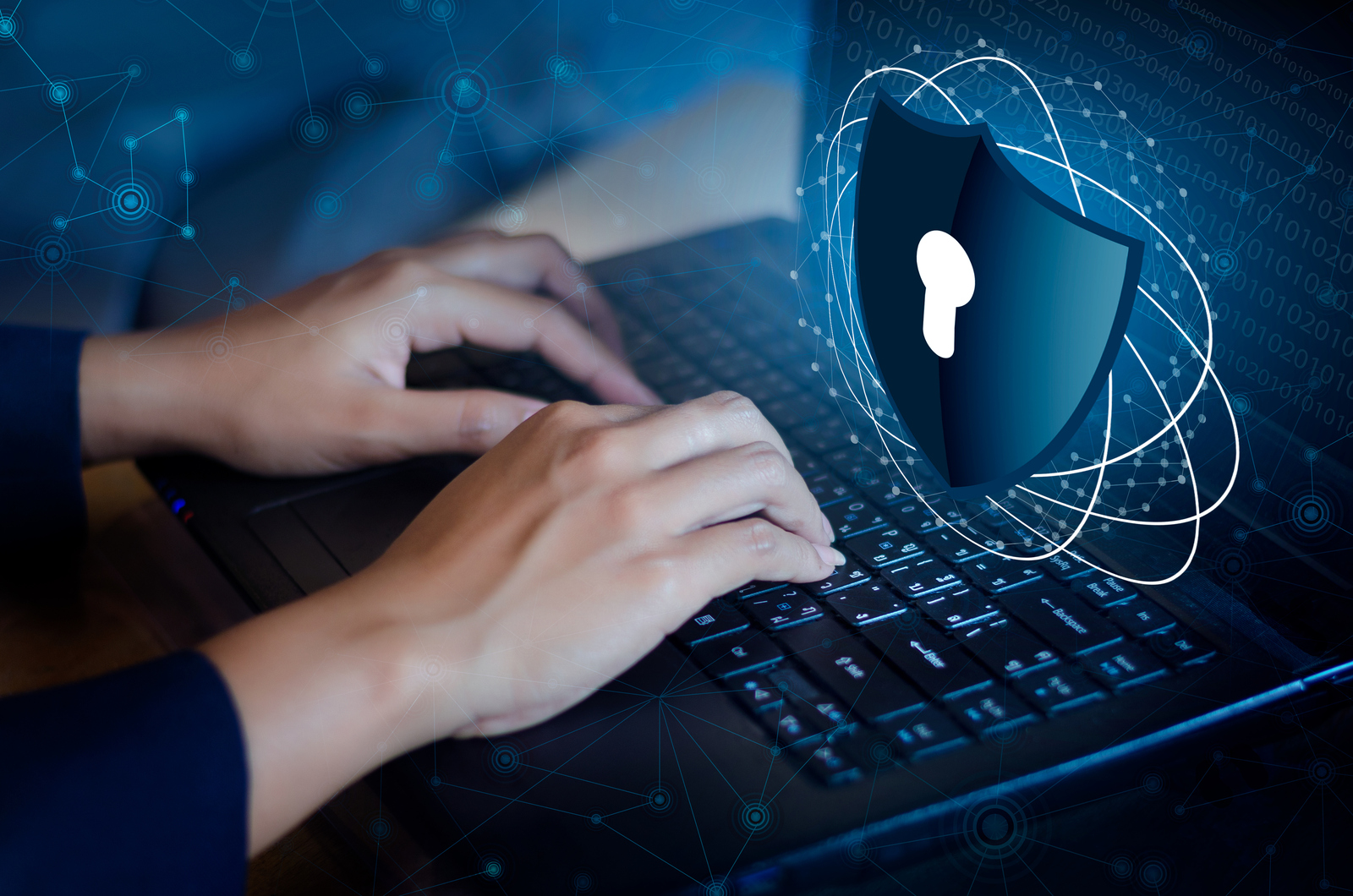We use cookies to personalise site content, social media features and to optimise your site experience.

 Max -
25 June 2022 -
Cause or Directory -
#security
#trends
#recent
#cyber
#approach
-
829 views -
0 Comments -
0 Likes -
0 Reviews
Max -
25 June 2022 -
Cause or Directory -
#security
#trends
#recent
#cyber
#approach
-
829 views -
0 Comments -
0 Likes -
0 Reviews

In less than a decade, cybersecurity has emerged as one of the most critical systemic issues confronting the global economy. Global spending has now reached $145 billion per year, and it is expected to exceed $1 trillion. Incidents and attacks are on the rise, but this is only the beginning of a new and growing problem. Times are rapidly changing, and not for the better.
The fact that the technology landscape is constantly changing is not a new phenomenon, but it has reached new heights in the last year. The term "disruption" adequately describes the experiences of numerous organizations in the aftermath of COVID-19—no one could have predicted its impact on business, technology, and cybersecurity. Currently, all critical infrastructures, such as utility services, nuclear power plants, healthcare facilities, airports, and so on, are networked. There will be nearly 30 billion connected devices by 2030.
Imagine what would happen if one managed to hack a power grid or any other public utility infrastructure. The consequences of an attack no longer affect only individuals, but also global economic and political systems. Here, we’ll analyze the emerging cyber security approaches that come as a result, and which cybersecurity trends pose the most risk in recent years:
1. While passwords remain a best practice for cybersecurity, more businesses will use multi-factor authentication as an additional layer of defense against data breaches and malicious attacks. Due to the current state of telephone network security, Microsoft recently advised users to avoid phone-based MFA (when the one-time passcode is sent to their phone via SMS text).
2. A Zero-Trust Model: As the name implies, this cyber security model is based on the assumption that a network is already compromised. It consists of identifying business-critical data, mapping its flow, logical and physical segmentation, and policy and control enforcement via automation and continuous monitoring.
3. Every member of a blockchain is responsible for validating the data they add. Furthermore, blockchains create a nearly impenetrable network for hackers and are currently our best bet for protecting data from compromise. As a result, combining blockchain and artificial intelligence can create a strong verification system to keep potential cyber threats at bay.
4. Artificial Intelligence and Deep Learning: Deep learning is used to analyze data such as logs, transactions, and real-time communications in order to detect threats or unethical behavior. The use of AI is similar to the operation of two-factor authentication. Add to that, additional layers of information and authentication, and AI enters the picture.
Individual enterprise-level action is no longer sufficient to address the report's list of complex ecosystem-wide challenges. To improve their collective response, the security and technology communities must prioritize a number of interventions. Industry and government leaders must devise a set of policy actions that encourage the adoption of security solutions while also fostering greater trust and transparency among ecosystem components. The international community must step in to ensure that security concerns are addressed in a way that ensures that the benefits of emerging technology are shared by all.

Copyright © 2025

